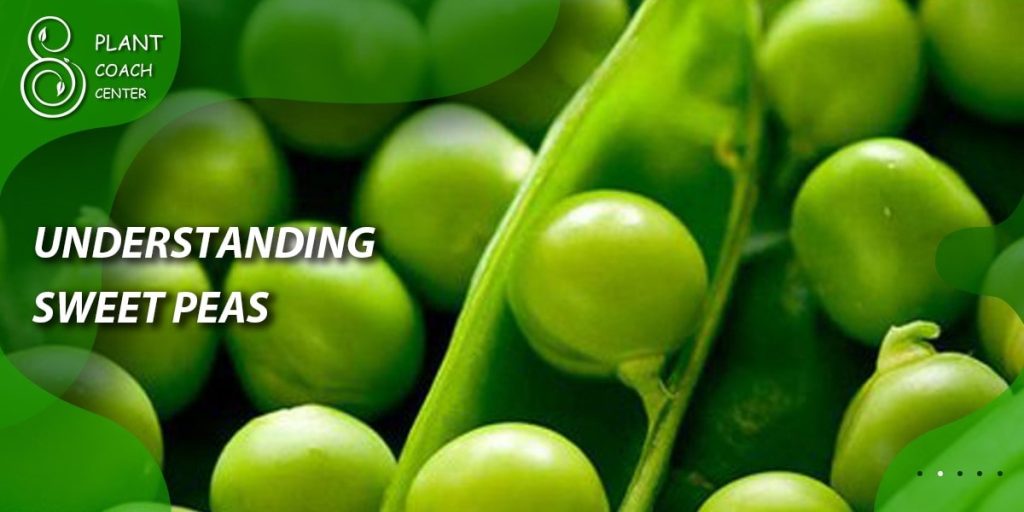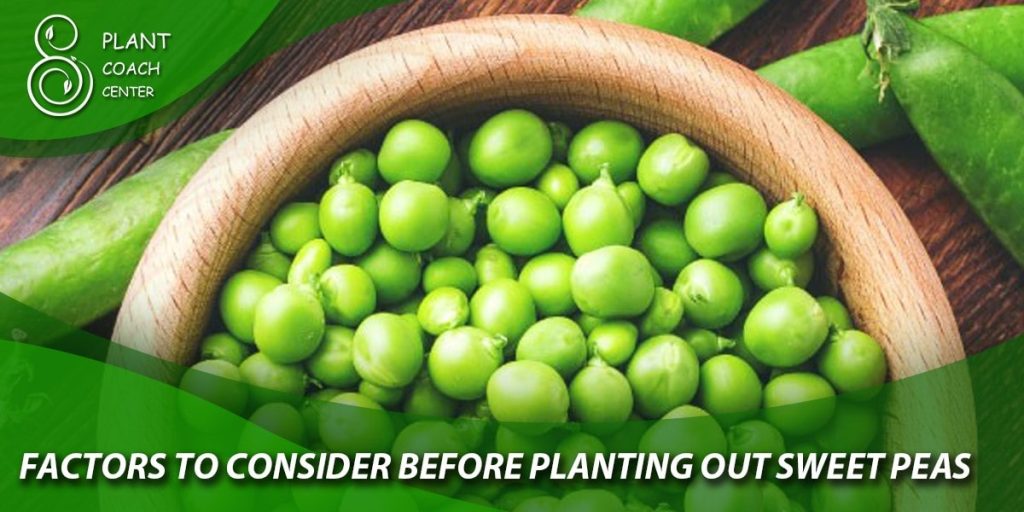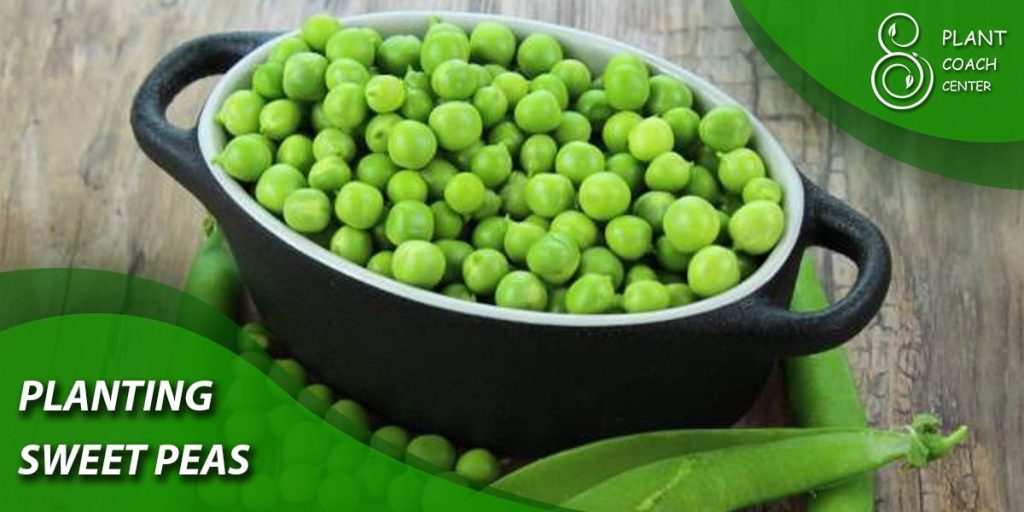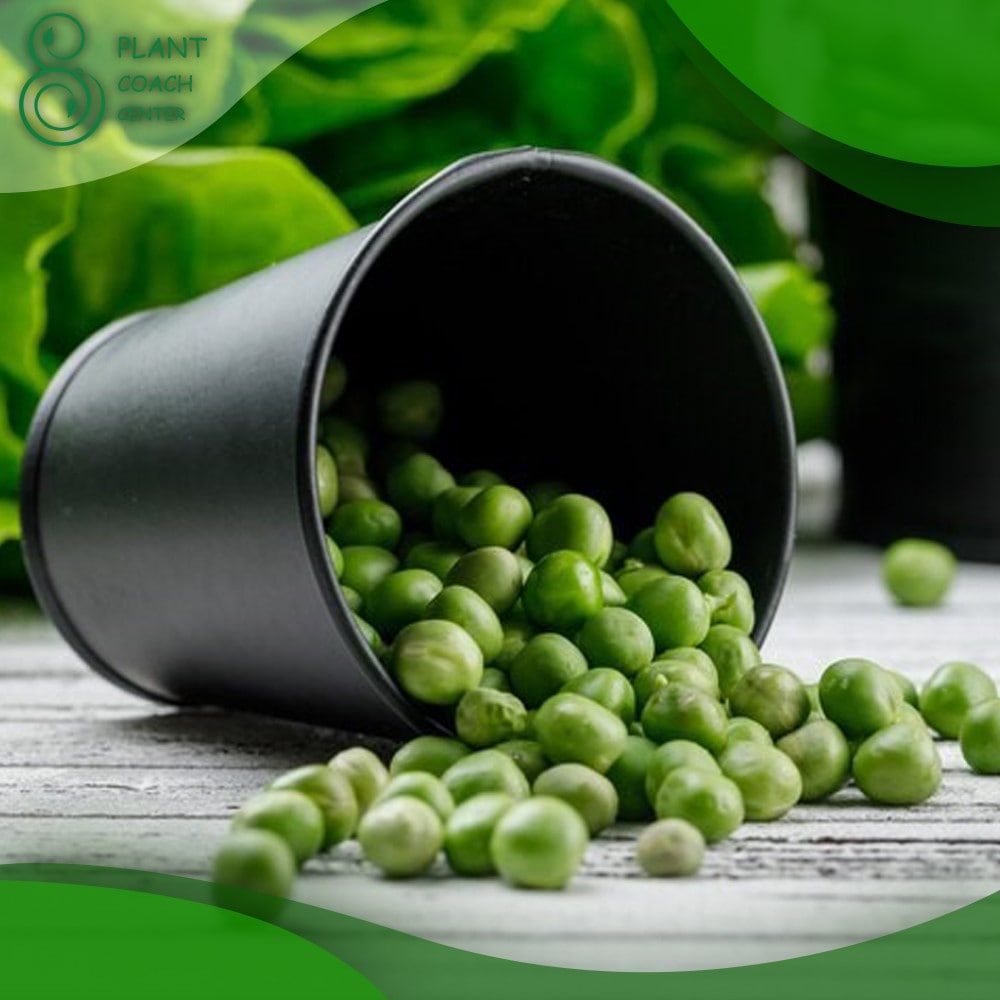When Can I Plant Out Sweet Peas?
Sweet peas are a popular and beloved plant in the gardening world. With their fragrant and colorful blooms, sweet peas can add beauty and charm to any garden or landscape. However, planting sweet peas outdoors at the wrong time can lead to poor growth and disappointing results.
If you’re wondering when is the best time to plant out sweet peas, this comprehensive guide will provide you with all the information you need to grow healthy and beautiful sweet pea plants.
From understanding the characteristics of sweet peas to preparing the soil and caring for the plants, this article covers all the essential aspects of planting out sweet peas.

Understanding Sweet Peas
Before we dive into the details of planting out sweet peas, let’s start with some basic information about the plant itself.
Description of Sweet Peas
Sweet peas, or Lathyrus odoratus, are flowering plants that belong to the legume family. They are native to the Mediterranean region and have been cultivated for their ornamental and fragrant flowers for centuries.
Sweet pea plants can grow up to six feet tall and produce long, slender stems with clusters of flowers in a wide range of colors, including pink, purple, white, and red.
Varieties of Sweet Peas
There are two main types of sweet peas: dwarf and tall. Dwarf sweet pea varieties grow up to 12 inches tall and are ideal for container gardening or small spaces. Tall sweet pea varieties, on the other hand, can grow up to six feet tall and require staking or support to prevent them from falling over.
There are also many different cultivars of sweet peas available, each with its own unique characteristics and growing requirements. Some popular sweet pea cultivars include ‘Cupani’, ‘Wiltshire Ripple’, ‘Matucana’, and ‘Painted Lady’.
Characteristics of Sweet Peas
Sweet peas are known for their sweet fragrance, which is most potent in the early morning or late evening. They are also popular for their delicate and ornate flowers, which can range in size from about 1 inch to 2 inches in diameter. Sweet pea flowers can be single or double, and some varieties have ruffled or frilly petals.
Sweet peas are annual plants, which means that they complete their life cycle in one growing season. They are relatively easy to grow and can thrive in a wide range of climates and soil conditions.
Benefits of Planting Sweet Peas
Planting sweet peas can offer a range of benefits for both gardeners and the environment. Some of the benefits of planting sweet peas include:
– Adding color and fragrance to your garden or landscape
– Attracting pollinators like bees and butterflies to your garden
– Providing a source of cut flowers for indoor arrangements
– Improving soil fertility by fixing nitrogen
– Acting as a natural pest repellent for certain insects

Factors to Consider Before Planting Out Sweet Peas
Before you start planting out sweet peas, it’s important to consider several factors that can affect their growth and development.
These factors include climate and weather conditions, soil type and quality, sunlight and shade requirements, watering and drainage needs, and pest and disease prevention. Let’s take a closer look at each of these factors.
Climate and Weather Conditions
Sweet peas can grow in a wide range of climates, but they prefer cool temperatures and mild weather. In general, sweet peas thrive in areas with average temperatures between 50°F and 65°F (10°C to 18°C). They can tolerate light frost, but they don’t do well in extreme heat or humidity.
Before planting out sweet peas, check your local climate and weather conditions to ensure that they are suitable for growing sweet peas. If you live in an area with harsh winters or hot summers, you may need to adjust your planting schedule or choose a different variety of sweet pea.
Soil Type and Quality
Sweet peas prefer well-draining soil that is rich in organic matter. They can tolerate a wide range of soil types, but they don’t do well in heavy or compacted soil.
Before planting out sweet peas, test your soil to determine its pH level and nutrient content. If your soil is acidic, you may need to add lime to raise the pH level. If your soil is deficient in nutrients, you may need to add fertilizer or compost to improve its quality.
Sunlight and Shade Requirements
Sweet peas need plenty of sunlight to grow and bloom, but they can also tolerate some shade. In general, sweet peas require at least six hours of direct sunlight per day, but they can do well in partial shade or dappled sunlight. If you’re planting sweet peas in a sunny location, make sure to provide some shade or protection from the midday sun.
Watering and Drainage Needs
Sweet peas need regular watering to thrive, but they don’t like waterlogged soil. Overwatering can lead to root rot and other problems, so it’s important to ensure that your soil has good drainage. Water your sweet peas deeply once or twice a week, depending on your climate and weather conditions. Avoid getting water on the leaves or flowers, as this can lead to fungal diseases.
Pest and Disease Prevention
Sweet peas can be susceptible to a range of pests and diseases, including aphids, spider mites, powdery mildew, and botrytis. To prevent these problems, keep your garden clean and tidy, remove any dead or diseased plant material, and avoid overcrowding your sweet peas. You may also need to use organic or chemical pesticides or fungicides to control pests and diseases.
Now that you’ve considered these factors, let’s move on to the best time to plant out sweet peas.
Best Time to Plant Out Sweet Peas
The best time to plant out sweet peas depends on several factors, including your climate, soil conditions, and the variety of sweet pea you are growing. In general, sweet peas should be planted in cool weather, but not when the ground is still frozen or excessively wet. Here are some guidelines for the best time to plant out sweet peas:
Ideal Planting Time for Sweet Peas
The ideal time to plant out sweet peas is in the early spring, after the last frost date in your area. This will give the plants plenty of time to establish their roots before the hot summer weather arrives.
Sweet peas can also be planted in the fall in mild climates, where they will overwinter and bloom in the spring.
Factors That Influence Planting Time
Several factors can influence the ideal planting time for sweet peas, including:
– Soil temperature: Sweet peas prefer soil temperatures between 50°F and 60°F (10°C to 15°C) for optimal germination and growth.
– Daylight hours: Sweet peas need at least 12 hours of daylight per day to thrive, so planting them too late in the season may result in poor growth and blooming.
– Frost dates: Sweet peas are frost-tolerant to some extent, but they should not be planted out until after the last frost date in your area to avoid damage.
Different Regions and Their Planting Schedules
The best time to plant out sweet peas can vary depending on your geographic region and climate. Here are some general guidelines for planting sweet peas in different regions:
– Northern U.S.: Plant sweet peas in early spring, as soon as the ground can be worked. In some areas, sweet peas can also be planted in the fall for overwintering.
– Southern U.S.: Plant sweet peas in late fall or early winter for blooming in the spring. In some areas, sweet peas can also be planted in early spring.
– Coastal areas: Plant sweet peas in the fall or early winter for blooming in the spring. Coastal areas may have mild winters that are ideal for sweet pea growth.
– Desert areas: Plant sweet peas in the fall for blooming in the winter and early spring. Avoid planting sweet peas in the summer, as the heat can be too intense.

Planting Sweet Peas Indoors vs. Outdoors
Sweet peas can be started indoors or planted directly outdoors, depending on your preference and the climate in your area.
Starting sweet pea seeds indoors can give them a head start and ensure a more consistent germination rate, but it also requires more effort and equipment. Planting sweet peas directly outdoors can be simpler and more convenient, but it may result in lower germination rates and slower growth.
Now that you know the best time to plant out sweet peas, let’s move on to preparing the soil for planting.
Preparing the Soil for Sweet Peas
Preparing the soil is an essential step in growing healthy and productive sweet pea plants. Sweet peas prefer well-draining soil that is rich in organic matter and nutrients. Here are some tips for preparing the soil for sweet peas:
Soil Preparation Techniques
To prepare the soil for sweet peas, start by removing any weeds or debris from the planting area. Loosen the soil with a garden fork or tiller to a depth of at least 12 inches. This will help to improve soil aeration and drainage.
Soil Testing and Fertilization
Before planting sweet peas, it’s a good idea to test your soil to determine its pH level and nutrient content. Sweet peas prefer a slightly alkaline soil with a pH level between 7.0 and 7.5. If your soil is acidic, you may need to add lime to raise the pH level.
Sweet peas also require sufficient nutrients to grow and bloom. You can add fertilizer or compost to your soil before planting to improve its quality. A balanced fertilizer with equal amounts of nitrogen, phosphorus, and potassium is ideal for sweet peas.
Soil Amendments and Additives
In addition to fertilizer, you can also add soil amendments and additives to improve the quality of your soil. Some common soil amendments for sweet peas include:
– Compost: Compost is a rich source of organic matter and nutrients that can improve soil structure and fertility.
– Bone meal: Bone meal is a slow-release fertilizer that is high in phosphorus, which is important for flower development.
– Blood meal: Blood meal is a fast-release fertilizer that is high in nitrogen, which is important for plant growth.
Mulching and Weed Control
Mulching can help to conserve moisture and suppress weeds around your sweet pea plants. You can use organic mulches like straw, leaves, or grass clippings to cover the soil around your plants. This will help to keep the soil cool and moist, and also provide a natural source of nutrients as the mulch decomposes.
To control weeds, you can use a hoe or hand weeder to remove any unwanted plants from your sweet pea bed. This will help to reduce competition for resources and ensure that your sweet peas have the best chance of growing and blooming.
Now that you’ve prepared your soil, it’s time to plant out your sweet peas. In the next section, we’ll cover the techniques and guidelines for planting sweet peas.
Planting Sweet Peas
Planting sweet peas is a straightforward process that involves preparing the soil, sowing the seeds, and providing the right conditions for growth. Here are some tips and guidelines for planting sweet peas:
Seed Selection and Preparation
Start by selecting high-quality sweet pea seeds from a reputable supplier. Look for seeds that are fresh and have a high germination rate. If you’re starting your seeds indoors, use seed-starting trays or pots with a good-quality seed-starting mix.
Before planting sweet pea seeds, you can soak them in water overnight to help them germinate more quickly. This can also help to soften the seed coat and improve seedling emergence.
Planting Depth and Spacing
Sweet pea seeds should be planted about 1 inch deep and 2 to 3 inches apart. If you’re planting more than one row of sweet peas, space the rows about 18 inches apart. This will give the plants enough room to grow and spread out.
Watering and Care
After planting sweet pea seeds, water them thoroughly to ensure good soil contact and germination. Keep the soil moist but not waterlogged, and avoid getting water on the leaves or flowers. Once your sweet peas have germinated, you can reduce the frequency of watering to once or twice a week, depending on your weather conditions.
Sweet peas require regular care and maintenance to thrive. This includes fertilizing every few weeks with a balanced fertilizer, providing support for tall varieties, and removing any dead or diseased plant material. You may also need to prune your sweet peas to encourage bushier growth and more blooms.
Support for Tall Varieties
Tall sweet pea varieties can benefit from support to prevent them from falling over or getting damaged by wind. You can use stakes, trellises, or netting to provide support for your sweet peas. Make sure to install the support system before your sweet peas get too tall, as this can be difficult to do later on.
Planting Sweet Peas in Containers
Sweet peas can also be grown in containers, which is ideal for small spaces or patio gardens. Use a well-draining potting mix and a container that is at least 12 inches deep. Plant the sweet pea seeds about 1 inch deep and 2 to 3 inches apart, and provide regular watering and fertilization. You may also need to provide support for tall varieties.

Conclusion
Planting sweet peas can be a rewarding and enjoyable experience for gardeners of all levels. By following these tips and guidelines, you can grow healthy and beautiful sweet pea plants that will add color and fragrance to your garden or landscape.
Remember to choose the right variety for your climate and soil conditions, and provide the right conditions for growth and blooming. With a little care and attention, your sweet peas will reward you with weeks of beautiful, fragrant blooms.
When can I plant out sweet peas?
Sweet peas can be planted out in early spring, as soon as the soil can be worked and the danger of frost has passed.
Can I plant sweet peas indoors and transplant them later?
Yes, you can start sweet peas indoors in pots or containers and transplant them outdoors once they have developed a strong root system.
Can sweet peas tolerate cold temperatures?
Sweet peas are generally hardy and can tolerate cool temperatures, but they prefer moderate temperatures between 50°F and 75°F for optimal growth.







